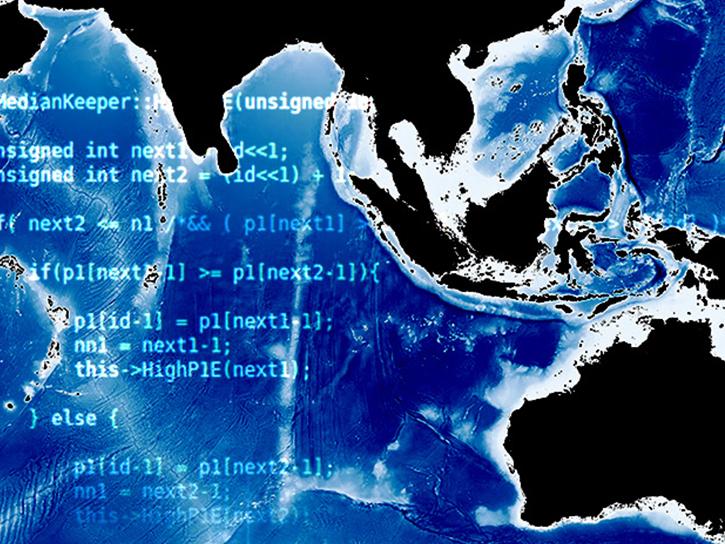Description
Forward processing of ECOSTRESS Version 1 data products was discontinued on January 6, 2025. Users are encouraged to transition to the ECOSTRESS Version 2 data products.
The ECOsystem Spaceborne Thermal Radiometer Experiment on Space Station (ECOSTRESS) mission measures the temperature of plants to better understand how much water plants need and how they respond to stress. ECOSTRESS is attached to the International Space Station (ISS) and collects data globally between 52 degrees N and 52 degrees S latitudes.
The ECO1BGEO Version 1 data product provides the geolocation information for the radiance values retrieved in the ECO1BRAD Version 1 data product. The ECO1BGEO data product should be used to georeference the ECO1BRAD, ECO2CLD, ECO2LSTE, ECO3ANCQA, ECO3ETPTJPL, ECO4ESIPTJPL, and ECO4WUE data products. The geolocation processing corrects the ISS-reported ephemeris and attitude data by image matching with a global ortho-base derived from Landsat data and then assigns latitude and longitude values to each of the Level 1 radiance pixels. When image matching is successful, the data are geolocated to better than 50 meter (m) accuracy. The ECO1BGEO data product is provided as swath data.
The ECO1BGEO data product contains data variables for latitude and longitude values, solar and view geometry information, surface height, and the fraction of pixel on land versus water.
Known Issues
- Geolocation accuracy: In cases where scenes were not successfully matched with the ortho-base, the geolocation error is significantly larger, with the worst-case geolocation error for uncorrected data being at 7 kilometers (km). Within the metadata of the ECO1BGEO file, if the field "L1GEOMetadata/OrbitCorrectionPerformed" is "True," the data was corrected, and geolocation accuracy should be better than 50 m. If this is "False," then the data was processed without correcting the geolocation and will have up to 7 km geolocation error.
- Data acquisition gap: ECOSTRESS was launched on June 29, 2018, and moved to autonomous science operations on August 20, 2018, following a successful in-orbit checkout period. On September 29, 2018, ECOSTRESS experienced an anomaly with its primary mass storage unit (MSU). ECOSTRESS has a primary and secondary MSU (A and B). On December 5, 2018, the instrument was switched to the secondary MSU and science operations resumed. On March 14, 2019, the secondary MSU experienced a similar anomaly temporarily halting science acquisitions. On May 15, 2019, a new data acquisition approach was implemented and science acquisitions resumed. To optimize the new acquisition approach TIR bands 2, 4 and 5 are being downloaded. The data products are as previously, except the bands not downloaded contain fill values (L1 radiance and L2 emissivity). This approach was implemented from May 15, 2019, through April 28, 2023.
- Data acquisition gap: From February 8 to February 16, 2020, an ECOSTRESS instrument issue resulted in a data anomaly that created striping in band 4 (10.5 micron). These data products have been reprocessed and are available for download. No ECOSTRESS data were acquired on February 17, 2020, due to the instrument being in SAFEHOLD. Data acquired following the anomaly have not been affected.
- Data acquisition: ECOSTRESS has now successfully returned to 5-band mode after being in 3-band mode since 2019. This feature was successfully enabled following a Data Processing Unit firmware update (version 4.1) to the payload on April 28, 2023. To better balance contiguous science data scene variables, 3-band collection is currently being interleaved with 5-band acquisitions over the orbital day/night periods.
Product Summary
Citation
Citation is critically important for dataset documentation and discovery. This dataset is openly shared, without restriction, in accordance with the EOSDIS Data Use and Citation Guidance.
